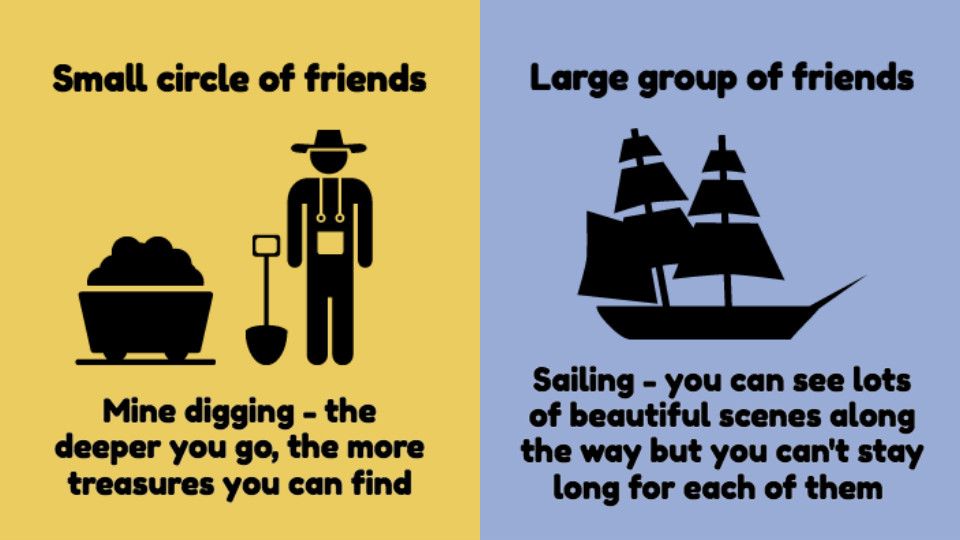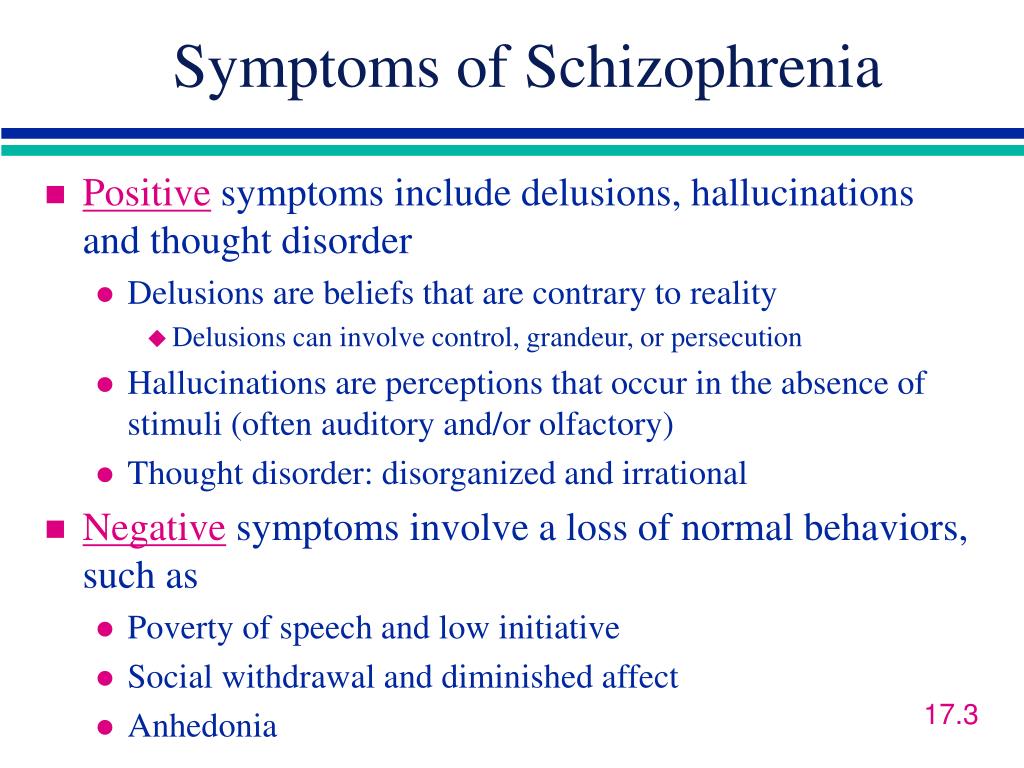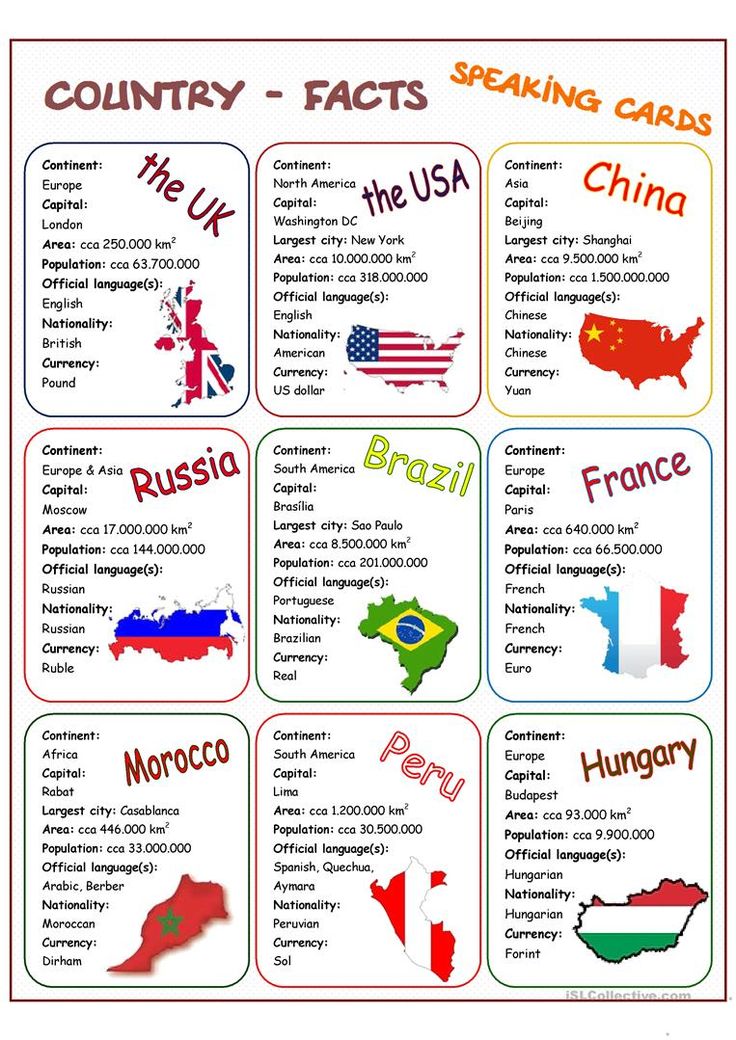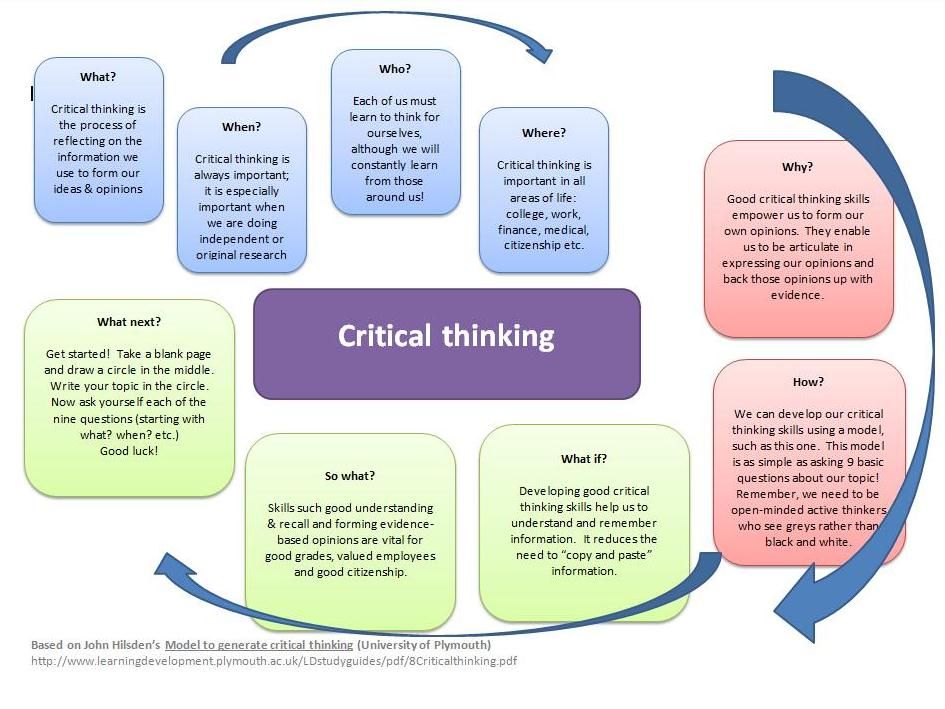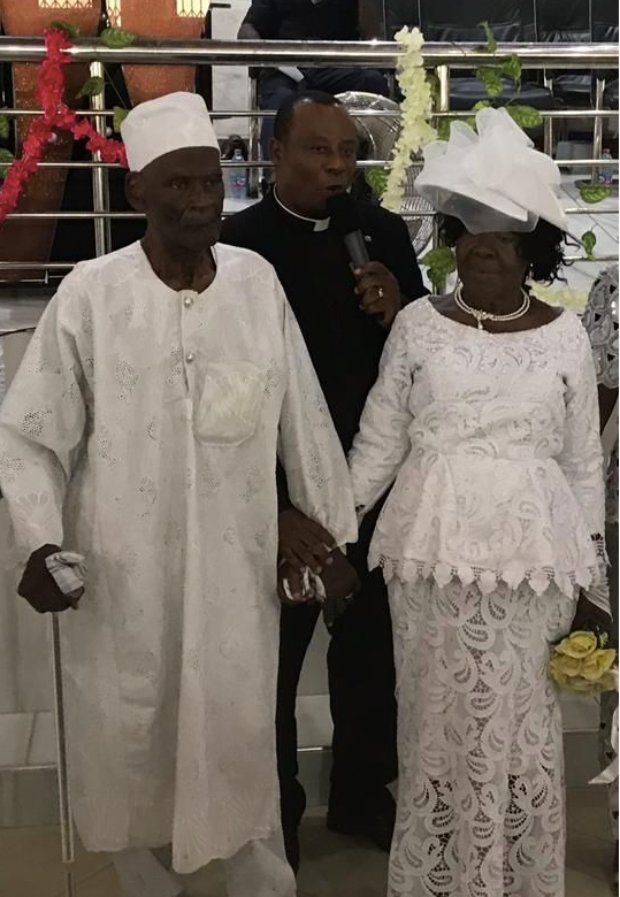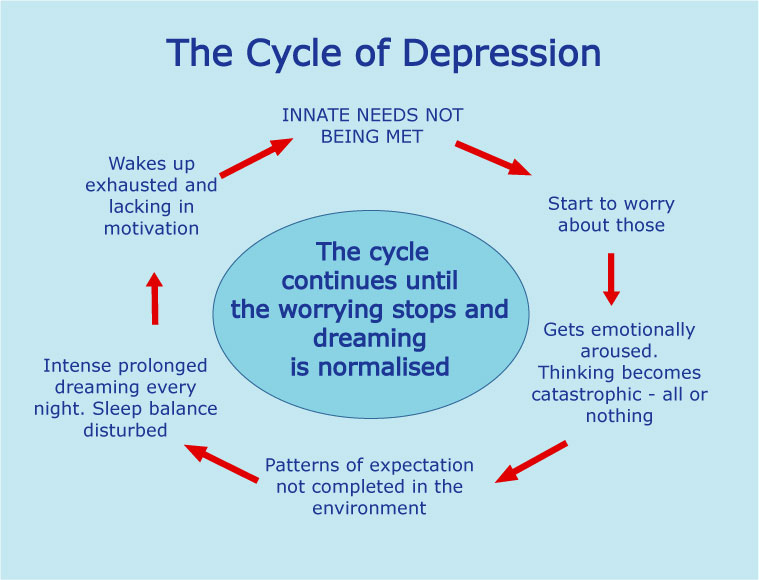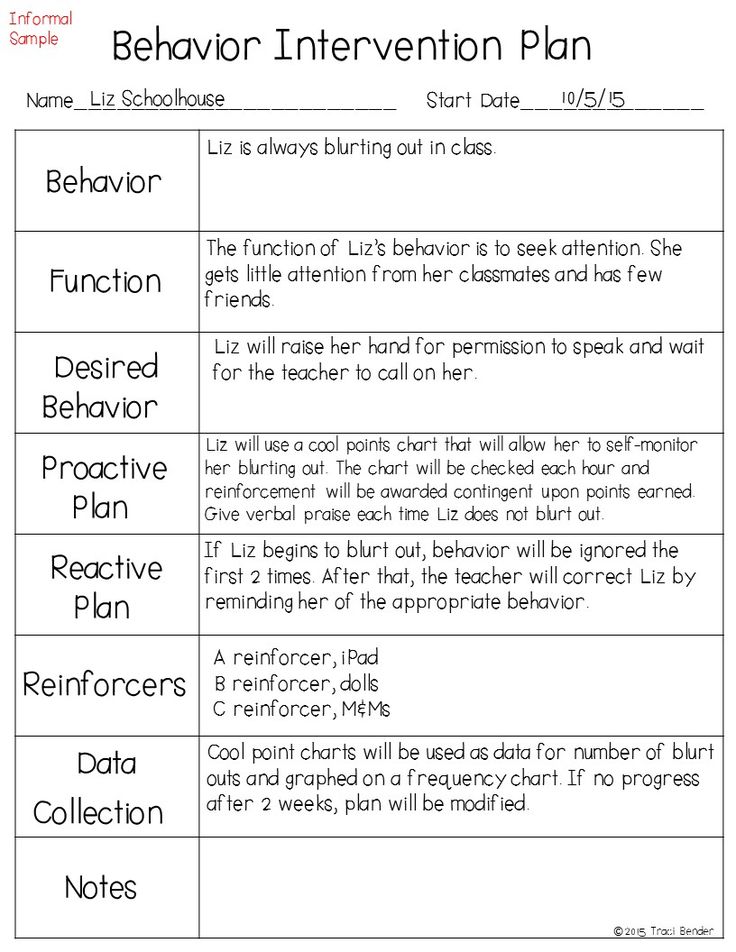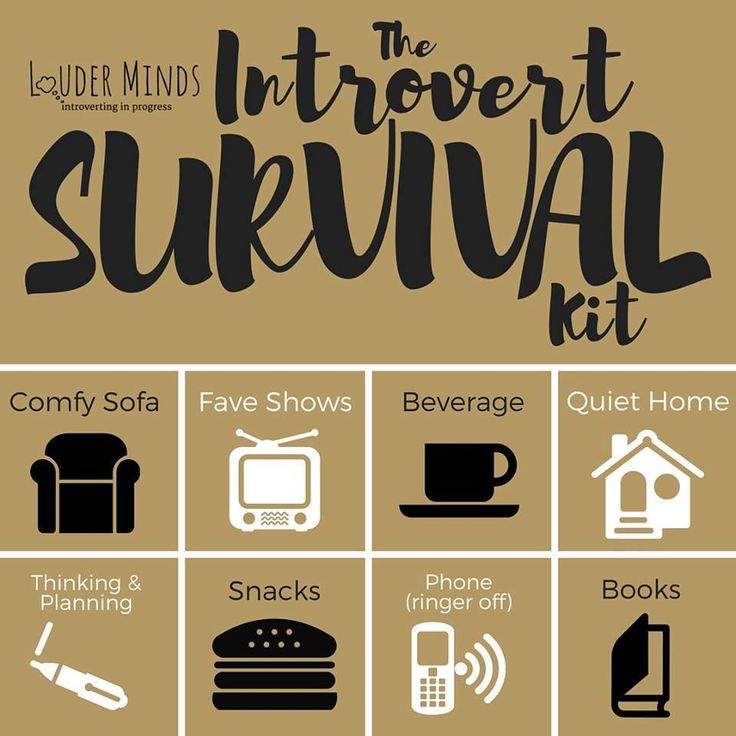A circle of friendship
What is a circle of friendship
- Part of
SEND - How to create a 'Circle of friendship'
The ‘Circle of Friends’ intervention is aimed primarily at improving the inclusion of children with challenging behaviour, disability or personal concerns within mainstream schools. It works by gathering the student’s peers in a circle of friendly support to help the young person with their problem solving. This approach can also be widely used with all students who are struggling to find support or friendship. Many schools have successfully tried the intervention with their students so if your child is finding friendship and support difficult to initiate or maintain, chat to their teacher to see if this approach is available in their school.
Adults play a key part in the approach, especially at the start of the programme, but then most of the work is carried out by "the friends". Early on in the intervention, the key adult meets with the student and their chosen group for around 20 minutes per week to help them with their problem solving together as a team. This stage requires careful planning and commitment to the programme by the key adult for it to work. The measure of success is when the ‘Circle of Friends’ eventually manages itself and becomes an integral part of the student’s support with very little future adult intervention, if any at all.
Do we need friends and who are they?
Friendship and support networks are important to all of us (Remember how popular "You've got a friend in me" was?!) and it’s essential that we look to build and maintain these relationships in our lives. Students with special needs often find friendships difficult, and understanding relationships between themselves and others, can be equally puzzling at times.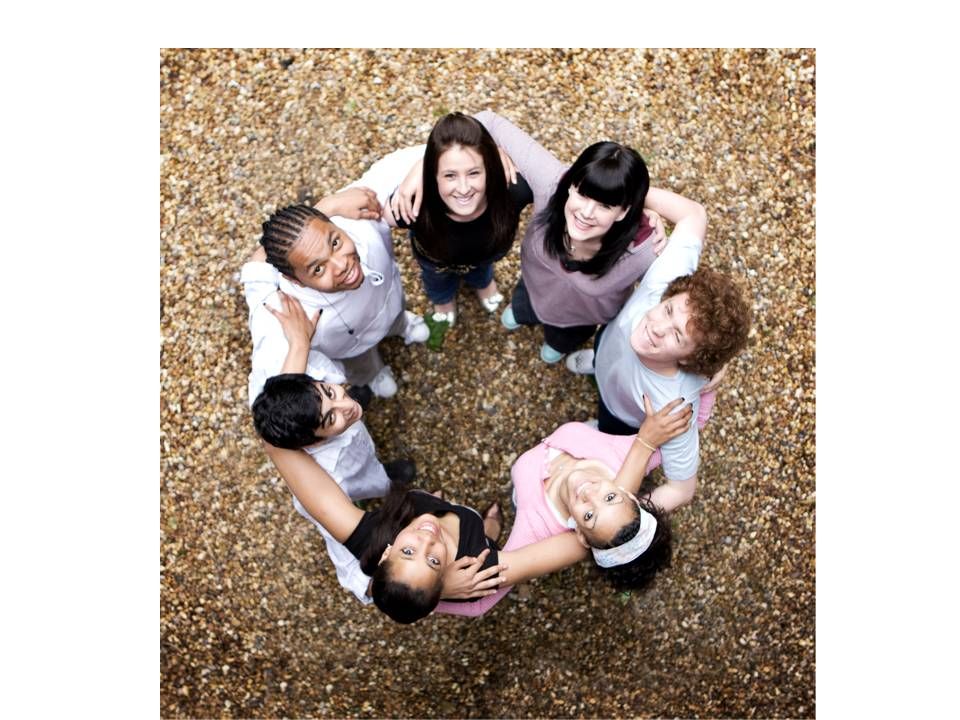
Circle of Friends - Recognising who your friends are and where they fit in your life.
EdPlace helps with recognising who our friends are, making friends and helps distinguish between friends and strangers.
There may be some confusion regarding how to react or behave appropriately when meeting particular people who they may genuinely see as their friends. Greeting grandma with a hug and a kiss may be ok but giving the postman the same treatment may cause problems! Spending time looking at your child’s own circle of friends and those that fall outside that category with the help of the diagram below, will support your child with their understanding of relationships.
Friend or 'mate'?
Ask the question: "What is the difference between a friend and a mate?" A friend will want the best for you and will be a regular person in your day to day life - someone you can trust and rely on. Whereas, a 'mate' may be someone that you chat with randomly or and may be in your friendship group but, you're not particularly close to every day.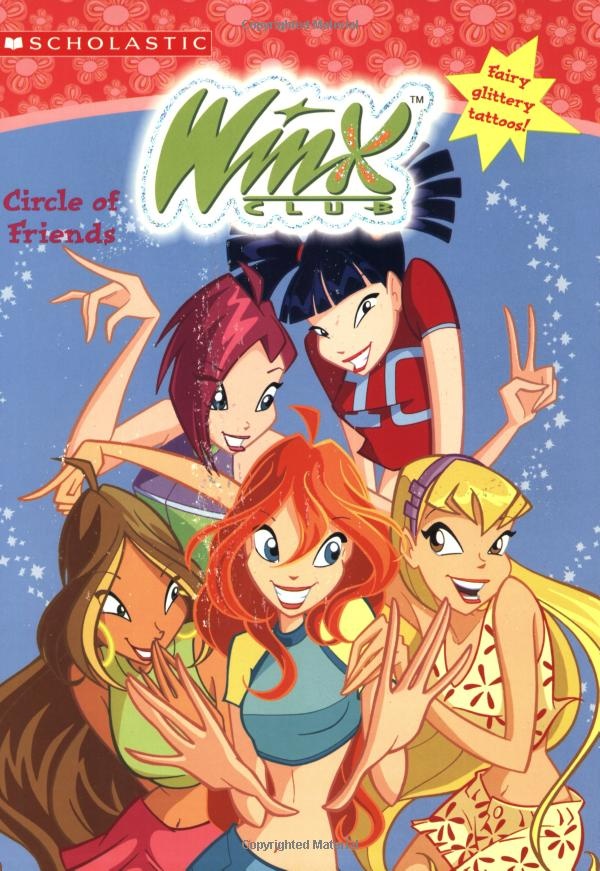 Or, maybe friends and mates are the same to your child - but it's still great to have that discussion, just to help them think about what friends are! Sometimes defining groups and exploring vocabulary, helps to manage expectations of people that fall in those categories.
Or, maybe friends and mates are the same to your child - but it's still great to have that discussion, just to help them think about what friends are! Sometimes defining groups and exploring vocabulary, helps to manage expectations of people that fall in those categories.
How to use the Friendship Circle diagram
- Sit with your child and make a list of all the people that your child knows or speaks to. Include friends, family, teachers, assistants, neighbours, pets, doctors, helpers, carers etc.
- Print out the Friendship Circle diagram and look at what each coloured band in the circle represents. Talk about how the circle radiates outwards to lastly include people that we don’t know at all (strangers) and how the colours change to show these different relationships
- Talk about how you might greet different people eg: someone in the family, a school friend, the assistant in the local shop, the GP etc.
- Get them to write their own name in the purple circle at the bottom.
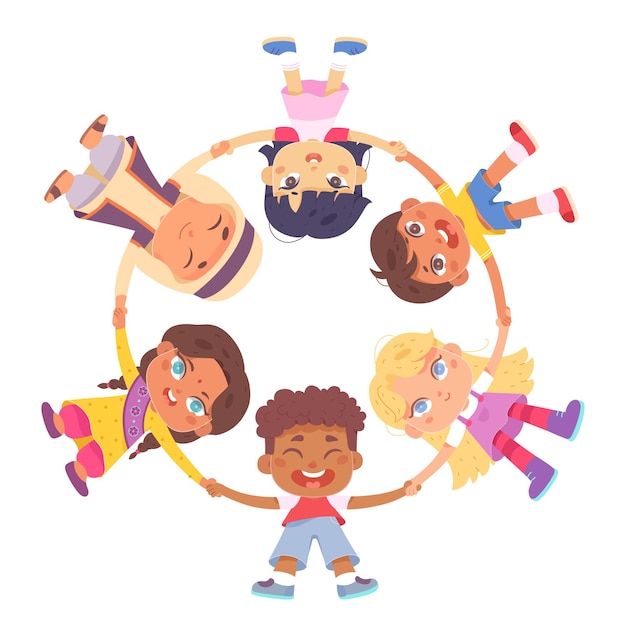 Either cut out each name on your list to place these on the diagram or use coloured pens to circle the names as you go (use the same colours that are on the friendship diagram to represent each relationship band if you can)
Either cut out each name on your list to place these on the diagram or use coloured pens to circle the names as you go (use the same colours that are on the friendship diagram to represent each relationship band if you can) - Look at each name and let your child decide where they fit on the diagram and discuss each one as you go, adjusting if you need to and explaining why
- Write the names of the people from the list in the correct relationship bands
- Use this diagram with your child if you know someone is coming to the house so that they can understand their relationship and how to behave appropriately or if you are visiting a health professional for instance and they are unsure about what to do.
- Update the diagram regularly so that it remains relevant for your child and let them put it somewhere where they can look at it if they need to check which category a visitor falls into
Key
- Purple circle – your child’s name
- Green band – family and those closest to us who we would be lost without (pets too!)
- Turquoise band – friends, other close relatives, those we could confide in or who would support us in difficult times
- Dark green band – people we see regularly at clubs, classmates, those that may move into the Yellow band over time
- Yellow – those who are ‘paid’ to be in our life eg: carers, doctors, teachers and those who should remain at a professional distance from your child
- Orange – unfamiliar young people or adults, new acquaintances, retail assistants, bus drivers etc.

What is ELSA?
Some Teachers or Teaching Assistants (TAs) in schools may have training in the planning and delivery of the Circle of Friends approach. ELSA training is supported by the ELSA Network www.elsanetwork.org . The ELSA Support website is a valuable resource. It provides useful resources for use in ELSA programmes and was set up by an ELSA in York. It covers friendship, along with a range of other key areas such as counselling, bereavement, social stories and social skills.
Educational Psychologists in your school’s Local Authority may be providing this training for professionals and those working with children so it’s worth asking your school SENCO about it. The ELSA Support website also offers advice and resources for parents to use to help their child with friendship.
EdPlace offer free ELSA support articles including
Now and Next and Social stories. Visit the SEND hub to download them:Download ELSA resources
WRITTEN BY: Ms Jackie – SENDCO
The Circles of Friendship
This chart caught my eye yesterday:
It’s from Robin Dunbar’s recent book, Friends: Understanding the Power of Our Most Important Relationships. You might recall the author’s name from his concept of Dunbar’s number:1 that on average people can maintain about 150 friendships with others, a limit that is determined by human brain size and function. The chart is a more detailed version of the concept: it shows, roughly, the number of people we can have meaningful relationships with at various levels of intimacy. Dunbar explains in this Atlantic interview:
You might recall the author’s name from his concept of Dunbar’s number:1 that on average people can maintain about 150 friendships with others, a limit that is determined by human brain size and function. The chart is a more detailed version of the concept: it shows, roughly, the number of people we can have meaningful relationships with at various levels of intimacy. Dunbar explains in this Atlantic interview:
The innermost layer of 1.5 is [the most intimate]; clearly that has to do with your romantic relationships. The next layer of five is your shoulders-to-cry-on friendships. They are the ones who will drop everything to support us when our world falls apart. The 15 layer includes the previous five, and your core social partners. They are our main social companions, so they provide the context for having fun times. They also provide the main circle for exchange of child care. We trust them enough to leave our children with them. The next layer up, at 50, is your big-weekend-barbecue people.
And the 150 layer is your weddings and funerals group who would come to your once-in-a-lifetime event.
The layers come about primarily because the time we have for social interaction is not infinite. You have to decide how to invest that time, bearing in mind that the strength of relationships is directly correlated with how much time and effort we give them.
The interview is interesting throughout — there’s evidence that introverts have fewer connections in each layer than extroverts, your numbers go down as you get older when relationship become harder to replace, “falling in love will cost you two friendships”, and how much time is necessary to form a friendship:
It takes about 200 hours of investment in the space of a few months to move a stranger into being a good friend. This fits with our data, which suggests that close friends are very expensive in terms of time investment to maintain. I think the figures are a guideline rather than precise.
It just means friendships require work.
I’ve been thinking a lot about friendship over the many months of the pandemic — about how my friend circles changed during that time and what friendship actually means to me. It is not much of an exaggeration to say that my close friends saved my life during the past year — there were 3 or 4 people that I leaned heavily on (and they on me) for advice, sanity checks, shoulder-crying, going on long walks, emotional support, grieving, getting unfunked, relationship advice, and generally feeling like a normal & whole person in the midst of an unprecedentedly awful situation. We talked and cried and raged about anything and everything. We went deep and got intimate. If there’s a silver lining to the pandemic for me, it’s the development and deepening of these incredible friendships. ♥
Fun note on this… When I searched to find the Wikipedia page for Dunbar’s number, Google helpfully(?) gave me the phone number for a local physical therapist named Dunbar.
 ↩
↩
More about...
- infoviz
- Robin Dunbar
break the circle of friendship - Translation into English - examples Russian
Premium History Favorites
Advertising
Download for Windows It's free
Download our free app
Advertising
Advertising
No ads with Premium
These examples may contain rude words based on your search.
These examples may contain colloquial words based on your search.
disconnect
separate divide disconnect disunit north
friendship circle
friendship circle circle of friendship
You must not break the circle of friendship .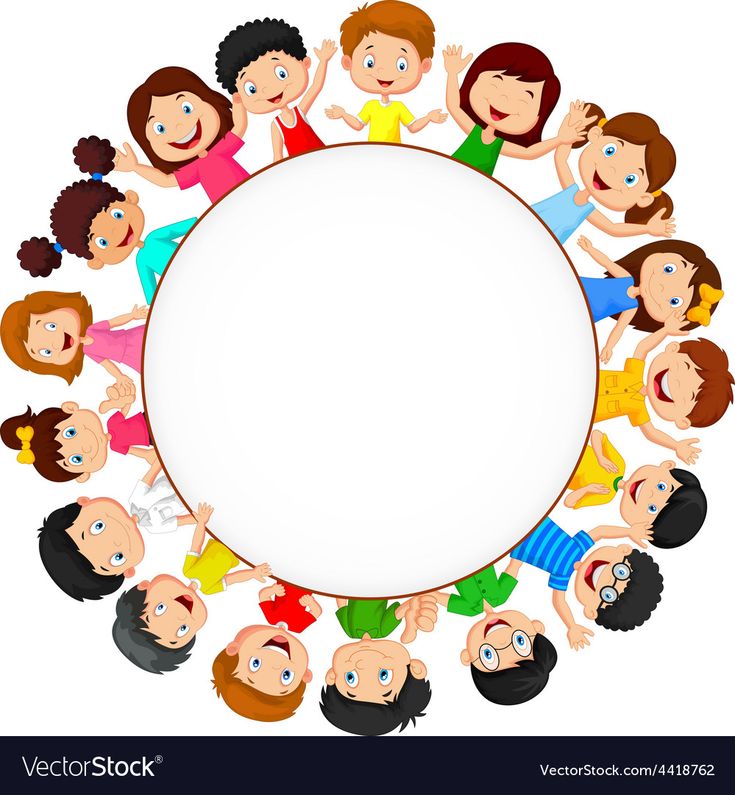
You must not break our circle of friendship .
Other results
As a result, five friendship circles were formed.
As a result, five friendly groups have been formed.
He came to this conclusion by studying how 90,035 friendship circles of 90,036 people changed when they moved from school to university.
He came to this conclusion by exploring how people's friendship circles changed when they left school for university.
Need to expand circle of friendship and get rid of outdated stereotypes
We need to break down the barriers and throw out the outdated stereotypes.
In my circle of friendship , I was a friend who kissed other girls at parties who openly admitted to enjoying the softness of another woman.
Within my friendship circle I was the friend who kissed other girls at parties, who openly admitted enjoying the softness of another woman.
How about sit down for Friendship Circle ?
How about we all gather 'round for a sharing circle ?
In parallel with the diplomatic efforts of the parliament, the process of institutionalization of existing relations took place, and with the parliamentary structures of different countries of the world, the formation of Groups and Circles of Friendship .
In parallel to the diplomatic efforts of the Parliament, the process of institutionalization of the existing relations has taken place and the beginning of the formation of friendship groups and circles with parliamentary structures around the world have been formed.
Of course, the Groups and Circles of Friendship are a working channel for maintaining ties with the outside world, but it should be borne in mind that the effectiveness of the diplomatic efforts of the Artsakh Parliament is affected by the processes of political reshuffles in different countries.
Of course, friendship groups and circles are a conduit for maintaining relationships with the outside world, but we must bear in mind that the efficiency of the diplomatic efforts of the Artsakh Parliament is influenced by the processes of political rearrangements in different countries .
The creation on March 19, 2013 of Circle of Friendship "France-Artsakh" strengthened the correct vector for the development of parliamentary relations.
The creation on March 19, 2013 of the "France-Artsakh" Friendship Circle strengthened the correct vector of development of parliamentary ties.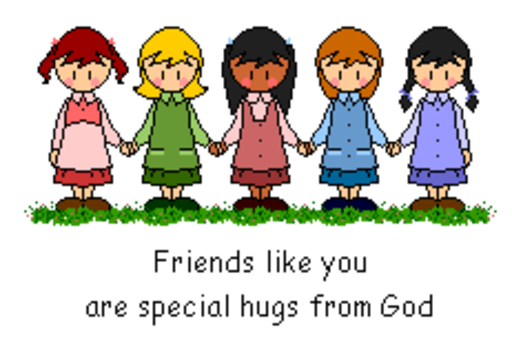
Bako Sahakyan noted that the development of relations with France is one of the main directions of Artsakh's foreign policy, expressing gratitude to the members of the Friendship Circle for their efforts aimed at deepening and expanding bilateral ties.
President Sahakyan noted that the development of relations with France is one of the main directions of Artsakh's foreign policy, expressing appreciation to the members of the Friendship Circle for their efforts aimed at deepening and expanding bilateral ties.
Friendship circle France-Karabakh, uniting more than 50 French political figures, issued a statement in connection with another Azerbaijani propaganda disinformation.
France-Artsakh friendship circle uniting over 50 French politicians has issued a press release over another propaganda fraud by Azerbaijan.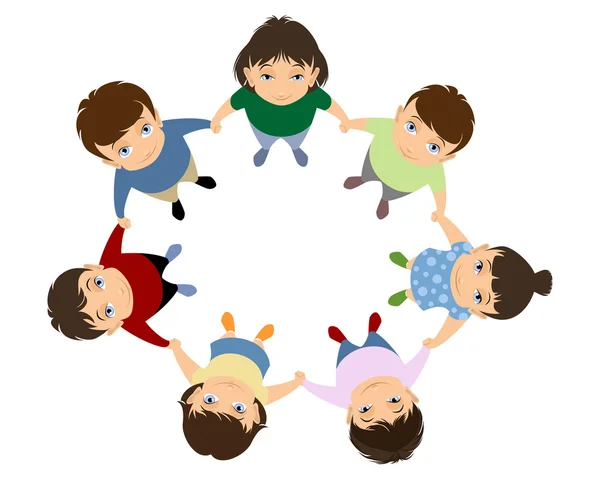
In this context, the President noted the importance of establishing the France-Artsakh Friendship Circle , adding that he has high hopes for its work.
Within this context the President considered important the establishment of France-Artsakh friendship circle , adding that he has much expectations of his work.
In Stepanakert, under the chairmanship of Parliament Speaker Ashot Ghulyan, a meeting of Friendship Circle "Artsakh-France" was held, at which issues related to programs implemented within the framework of Friendship Circle and upcoming projects were discussed.
A meeting of the Artsakh-France friendship circle was held in Stepanakert under the chairmanship of Speaker of Parliament Ashot Ghoulyan, at which issues related to programs implemented within the framework of the circle of friendship and upcoming projects were discussed.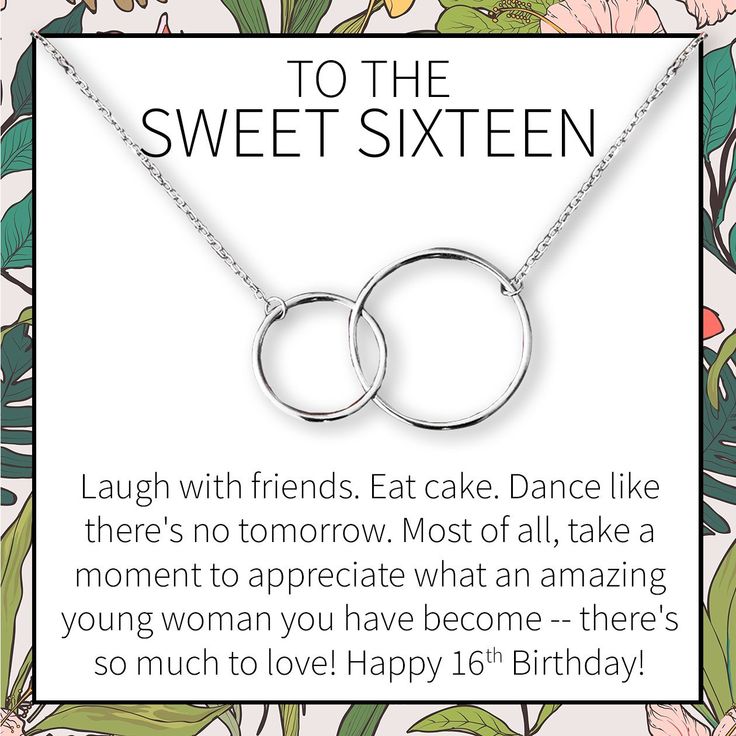
If you were born under the sign of Cancer, this is the week when you will be amazed by the actions or conversations you will have with people in your circle of friendship.
If you were born under the sign of Cancer, this is a week in which you will be amazed at the actions or conversations you will have with people from your friendship circle .
" Circle of Friendship " is the fastest growing organization for children with special needs; it has a presence in more than 79 locations around the world and employs almost 11,000 volunteers.
The Friendship Circle : the fastest growing organization for children with special needs, the Friendship Circle has over 79 worldwide locations and close to 11,000 volunteers.
The participants of the conversation also discussed the prospects for the activities of Circle of Friendship France-Artsakh, noting the importance of its creation in terms of further expanding and deepening ties between the two states and peoples.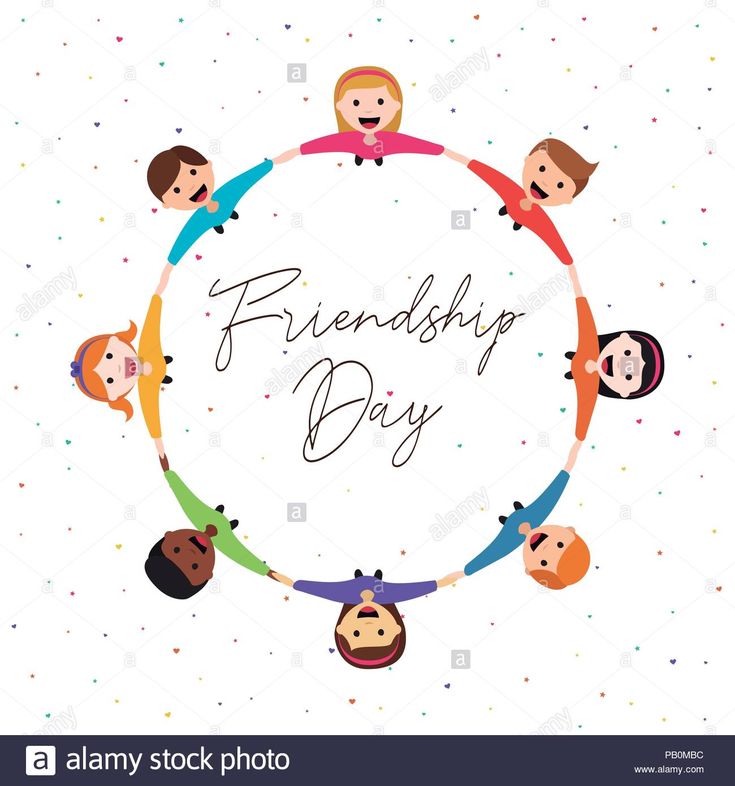
The participants of the meeting also discussed the activities of the France-Arsakh Friendship Circle , noting its importance from the perspective of further broadening and deepening of ties between the two states and peoples.
These are members of groups and circles of friendship with Artsakh, representatives of administrative units and political forces that recognized the independence of our republic or cooperated with us.
Here are members of the friendship groups and circles with Artsakh, representatives of administrative units and political forces having recognized the independence of the Artsakh Republic or have been cooperating with us.
The statement also emphasizes that Circle of Friendship "France-Artsakh" welcomes the ceasefire regime in the conflict zone that has been maintained for a quarter of a century and calls for the signing of a trilateral agreement on long-term peace.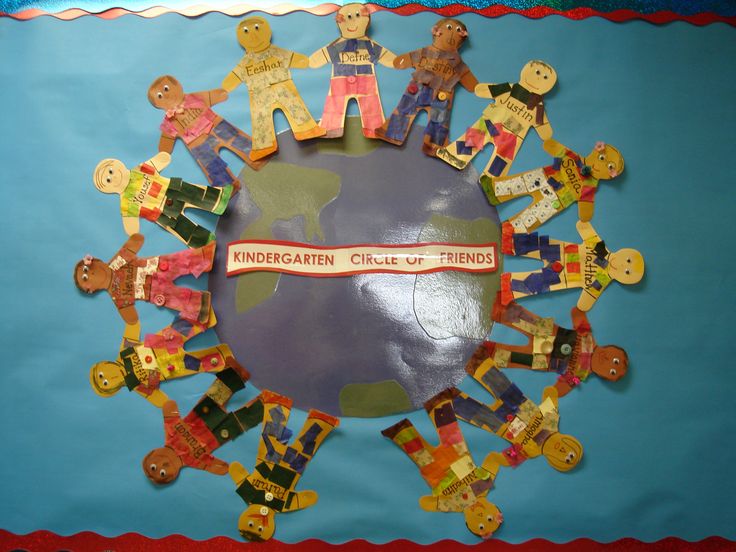
The statement also underlines that the France-Artsakh Friendship Circle appreciates the ceasefire in the conflict zone that has been lasting for a quarter of a century and calls for the signing of a trilateral Agreement on lasting peace.
The President noted that the development of relations with France is one of the main directions of Artsakh's foreign policy, expressing gratitude to the members of the Circle of Friendship for efforts to deepen and expand bilateral ties.
The President said the development of relations with France is one of Artsakh's main foreign policy directions and thanked the members of the circle for the efforts aimed at deepening and expanding the bilateral relations.
Three principles on which the concept of the festival was built: "Respect the legacy of the past", "Always remain young at heart" and "Expand circle of friendship together with the members.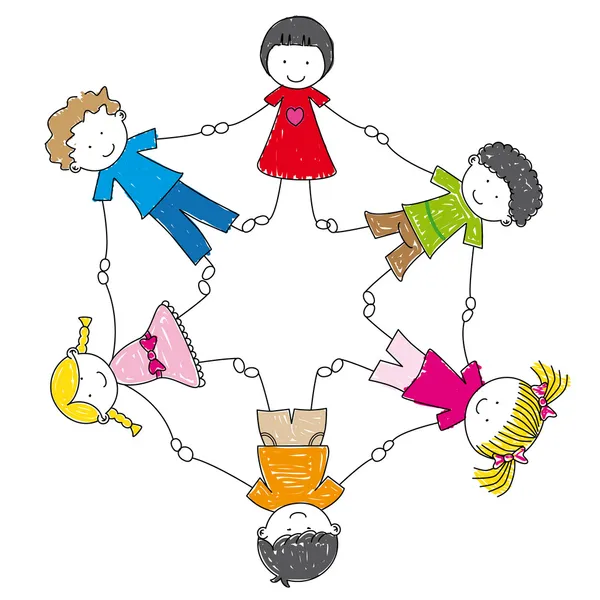 "
"
The three basic ideas shaping the spirit of this event are "Respect for things of the past", "To always be young at heart" and "To expand the circle of friendship between all participants".
Possibly inappropriate content
Examples are used only to help you translate the word or expression searched in various contexts. They are not selected or validated by us and can contain inappropriate terms or ideas. Please report examples to be edited or not to be displayed. Rude or colloquial translations are usually marked in red or orange.
Register to see more examples It's simple and it's free
Register Connect
No results found for this meaning.More features with our free app
Voice and photo translation offline features synonyms conjugation learning games
Documents corporate solutions Conjugation Synonyms Grammar Check Help&aboutWord index: 1-300, 301-600, 601-900
Expression index: 1-400, 401-800, 801-1200
Phrase index: 1-400, 401-800, 801-1200
3 -training "Circle of Friendship" - for a psychologist, lessons
Description of the content of the lesson.
BUSINESS 1
Topic: “Introduction. Circle of Friendship»
GOAL:
-
creating a positive emotional climate in the team; getting to know the participants of the program with each other.
-
to form the desire for self-knowledge, the ability to recognize personal qualities and the qualities of others, the desire to interact with other people.
-
contribute to the socialization of the individual, to form leadership qualities.
Tasks:
formation and development of friendly qualities;
self-knowledge and development of motivation for self-improvement;
development of creative and intellectual abilities;
development of self-confidence;
formation of the ability for independent choice and readiness to take responsibility;
gaining leadership experience;
development of a sense of collectivism in the overall business functioning, awareness of belonging to a group; joint activity training;
development of the initiative;
decrease in the level of conflict, anxiety;
the ability not to lose self-control in non-standard and critical situations.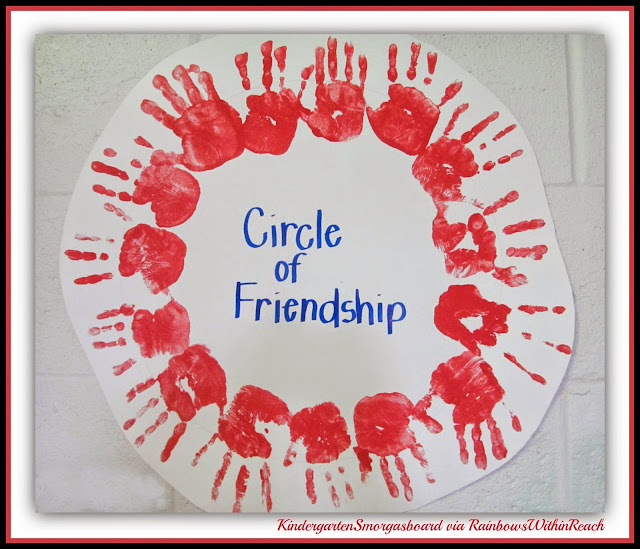
Resource material for the lesson: computer, music for relaxation, drawing paper, vase, A4 sheets, felt-tip pens, a ball of thread, emoticons
Greetings
– Good afternoon, dear guys! I am glad to welcome you and I hope that our lesson with you will be exciting and useful.
Let's play the game "I am a thrush, you are a thrush".
Psychologist shows actions. Children repeat by saying.
I am a thrush, you are a thrush,
I have a nose, you have a nose,
0274
Mine are sweet, you are sweet,
We love each other.
Guys, look how we are sitting today (children answer that they are in a circle). Let's call it " Circle of Friendship ".
Why do you think? Everyone knows that a circle has neither a beginning nor it.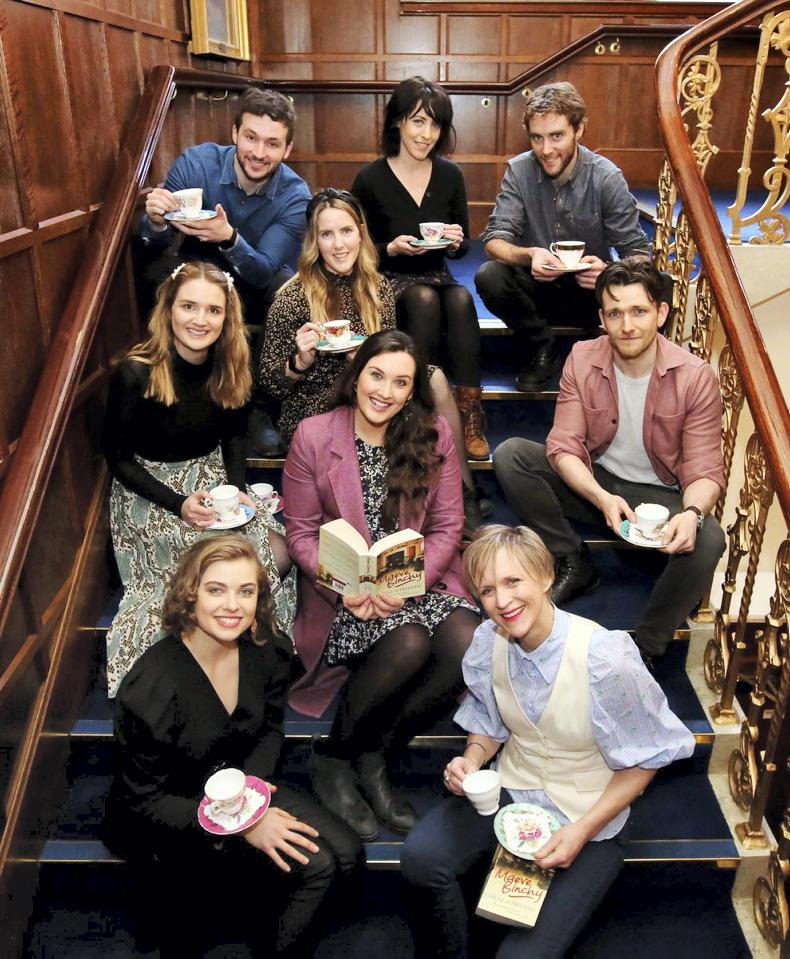 ..
..
End, right. And today each of us becomes equal to the other. And in order for our circle to be complete, not broken, we must follow the rules, because even in friendship, I think that you will agree with me to have our own secrets and rules, let's discuss them.
The rules for working in a group are on the sheets:
-
Activity.
-
Mutual respect.
-
Expressing your point of view in turn.
-
Voluntary participation in the exercises.
-
Opportunity to share your opinion.
-
The right to speak is granted to everyone.
Activity:
Acquaintance
Now let's introduce ourselves.
Let's do exercise 1 “Your name” or exercise “Snowball”:
The players sit in a circle. The first calls his name, the second - the name of the first and his own, the third - the names of the first and second, then - his own, etc. , until the circle closes. As a result, the last one in the circle says the names of all the players, and then his own. It is easier, of course, to be the first, but the last is more useful.
, until the circle closes. As a result, the last one in the circle says the names of all the players, and then his own. It is easier, of course, to be the first, but the last is more useful.
All participants stand in a circle, each in turn takes a step into the circle and says his name in the form that he likes. So it will be called today. Then he returns to his seat and everyone repeats his name. Who wants to start? (I'll start first). How did you feel while doing this exercise? What are your feelings? You probably remember the psychologist, Dale Carnegie, who said that the most pleasant word for most people is their own name. [1]
Exercise 2 “Thread”
All participants stand in a circle. Host: you need to name the personality traits that help to live in society and make friends, while you pass the ball of thread to each other, unwinding it. In the end, all participants will be interconnected. (It turned out to be a thread intertwined like a web).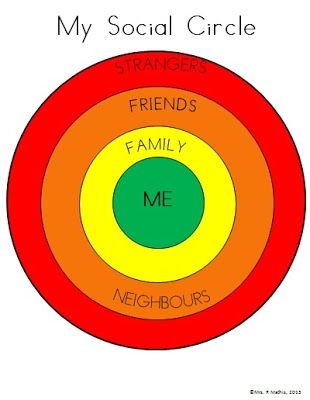
What do you think we did? This is how all people are interconnected - by activity, deeds, desires, events.
psychologist: Now pull each thread towards you. Move one step to the right. Why does the thread break? Why couldn't you move? (Everyone pulls it towards themselves). So in a team, you need to be able to negotiate, follow common rules, work together, understand each other.
3 ) Exercise Parables, tales:
Psychologist's information: the leader says that in order to successfully live, study, work, cooperate, it is necessary to understand other people. But first you need to understand yourself.
We know ourselves from our own awareness of our actions and from what others say about us.
Training "Vase"
A glass vase with a picture is offered to the children's attention, the question is asked: - What is this vase? there are many descriptions of it. Then the psychologist offers to describe himself, making adjustments with the help of leading questions. Conclusion: there is one person, but there are many people and opinions, how many people have so many opinions. and therefore we should not judge people so lightly and offend them without knowing better about them.
Then the psychologist offers to describe himself, making adjustments with the help of leading questions. Conclusion: there is one person, but there are many people and opinions, how many people have so many opinions. and therefore we should not judge people so lightly and offend them without knowing better about them.
The parable of “The Wise Man and the Three Self-Confident Disciples”
A certain priest still could not appease several neophytes (new converts) in his parish. They have a word - they answer ten, but everything is from patristic writings, and even looking a little down on a simple priest, not realizing that they have not yet comprehended even the basics of faith. At some point it seemed to them that they had completely overcome him, but then the father took out a large glass jar and, filling it with stones, asked the neophytes:0003
Is the jar full?
“Yes, full,” he heard a confident answer.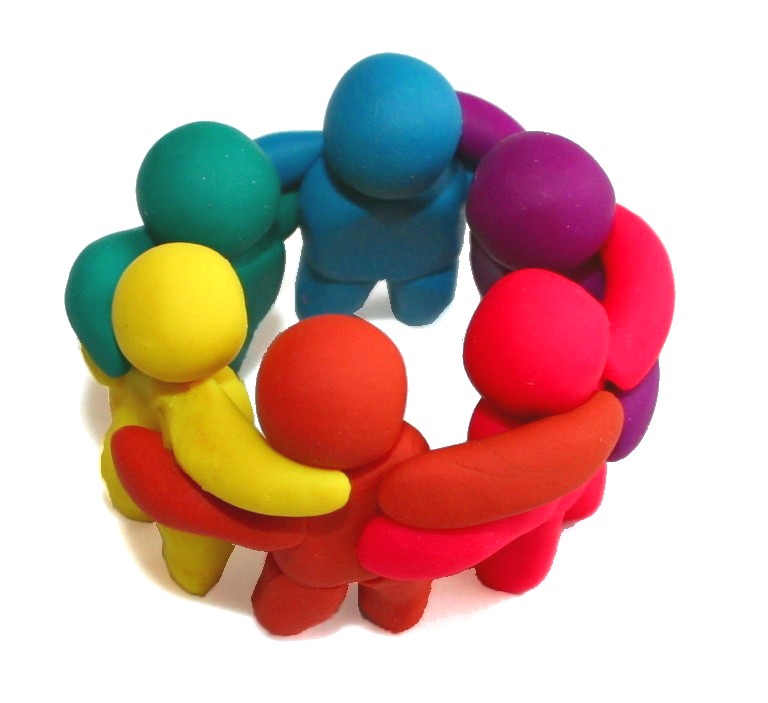
Then he poured a considerable number of peas into the carrier and shook it. Naturally, peas took the free space between the stones. And the priest asked the neophytes again:
— Is the jar full?
— Full, — they answered in chorus, however, already with less aplomb than before, feeling a trick that did not take long.
The priest poured a whole sack of sand into the jar, specifying:
— And now?
“Full…” a single, uncertain voice rang out.
Batiushka was already pouring glasses of water into the jar one by one, saying:
— Stones are what you read about faith, peas are your deeds, sand is experience, water is the grace of God. The sooner you decide that you have known everything, the less hope you have of truly being filled with the grace of God.
Turning to parables, tales in the process of interaction with the school audience helps to establish “bridges” both within the group, and between each of the pupils and the psychologist, and between the psychologist and the group as a whole. Parables, stories help to overcome the psychological communication barrier between people, to set them on the same wavelength.
Parables, stories help to overcome the psychological communication barrier between people, to set them on the same wavelength.
Before starting to tell a parable, tales, it is important for a psychologist to determine the goal that it is desirable to achieve (relieve audience fatigue, tension, draw its attention to yourself or to your statement, amuse the audience, intensify the mental activity of students), as well as establish criteria that will show how this goal has been achieved.
Listeners' perception of parables and stories will be more effective if the psychologist uses an arsenal of such expressive means as intonation, voice volume, pause, facial expressions, gestures.
3) exercise “This is me”:
The facilitator invites the participants to draw a self-portrait on a small piece of paper using their fingerprints and watercolors. Under the portrait, make a signature - "it's me - ... (describe yourself in one word)".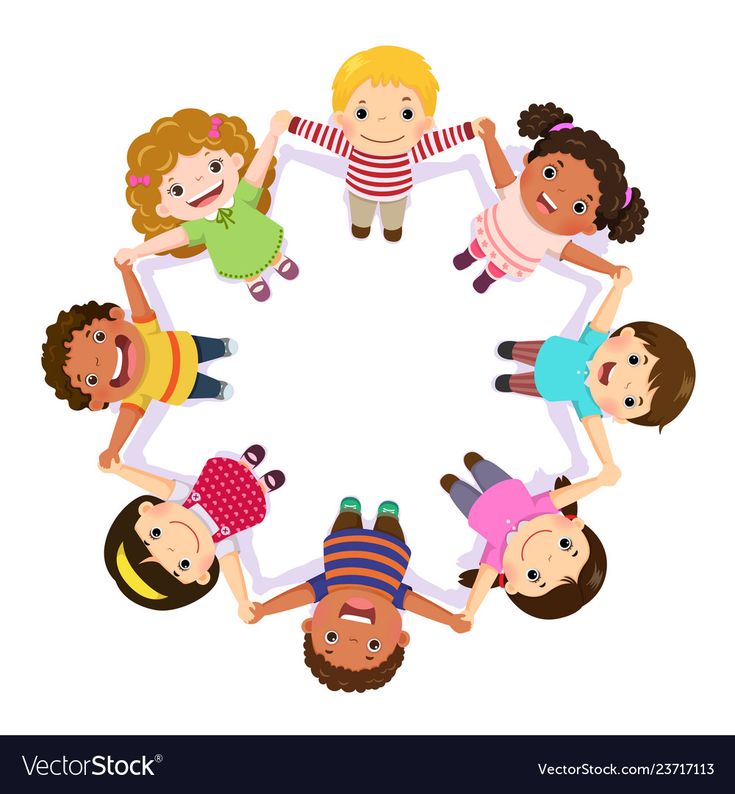 All portraits are glued onto a piece of drawing paper: "Meet us, it's us!".
All portraits are glued onto a piece of drawing paper: "Meet us, it's us!".
4) the game "Race": Physical exercise for emotional and physical relaxation
Everyone sits in a circle. The psychologist sits so that everyone can clearly see him, his chair is, as it were, separated from the rest. The psychologist says: “Do we have palms? (Guys show) And knees? (Someone will inevitably slap his knee on his knee) Excellent! to the start, - with one hand we hit the knee, as if exploding the ground about a friend. - Through the swamp - quickly grab your knees with your fives and raise your hands vertically with a loud smack. - Barrier! - hands hung a little further at chest level. And so on. You can come up with your own options for "crossing the terrain." All this quickly alternates in any sequence. Final: Final coming soon! - quick clap - the stands are approaching! Tribune of girls. Girls, we scream. And here's the boys' podium! Come on guys! - Exclamations. - Here's the finish line.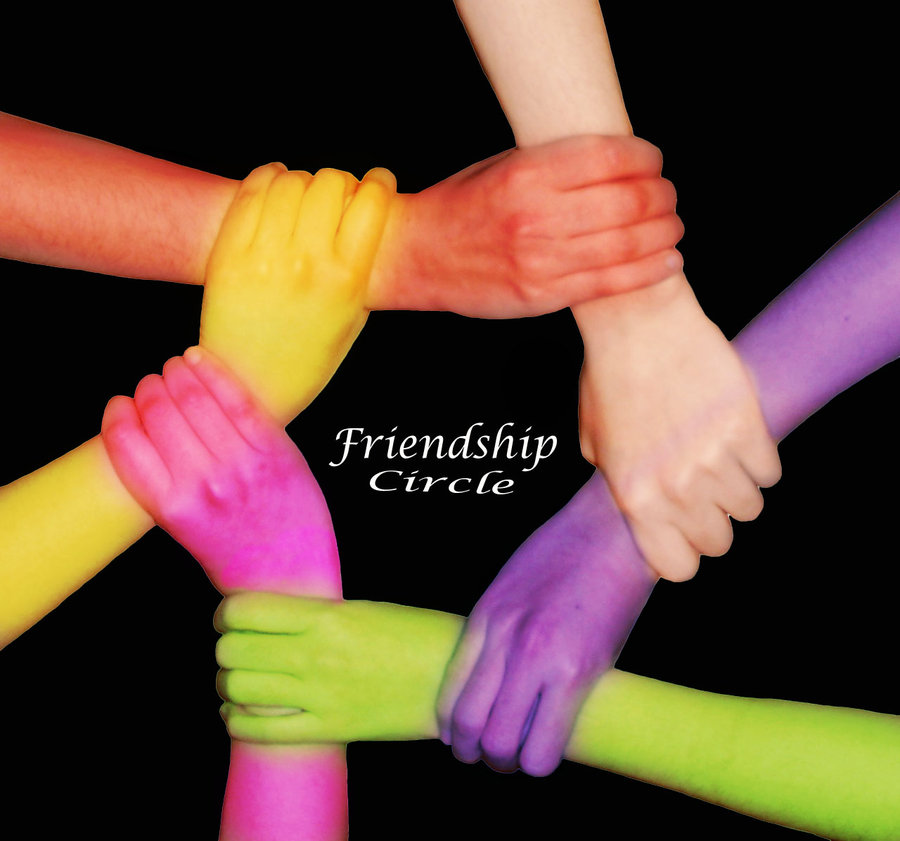 Hooray! We won!
Hooray! We won!
5) Big Family Photo Game:
This game is best played to identify the leader, as well as in the middle of the lesson, and used as visual material in your team.
It is proposed that the guys imagine that they are all a big family and everyone needs to be photographed together for a family album. You must select a "photographer". He should arrange the whole family for photographing. The “grandfather” is chosen first from the family; he can also participate in the arrangement of the members of the “family”. No more settings are given for children, they must decide for themselves who to be and where to stand. And you wait and watch this entertaining picture. The role of "photographer" and "grandfathers" is usually taken by guys striving for leadership. But, however, elements of leadership and other "family members" are not excluded. It will be very interesting for you to observe the distribution of roles, activity-passivity in choosing a location.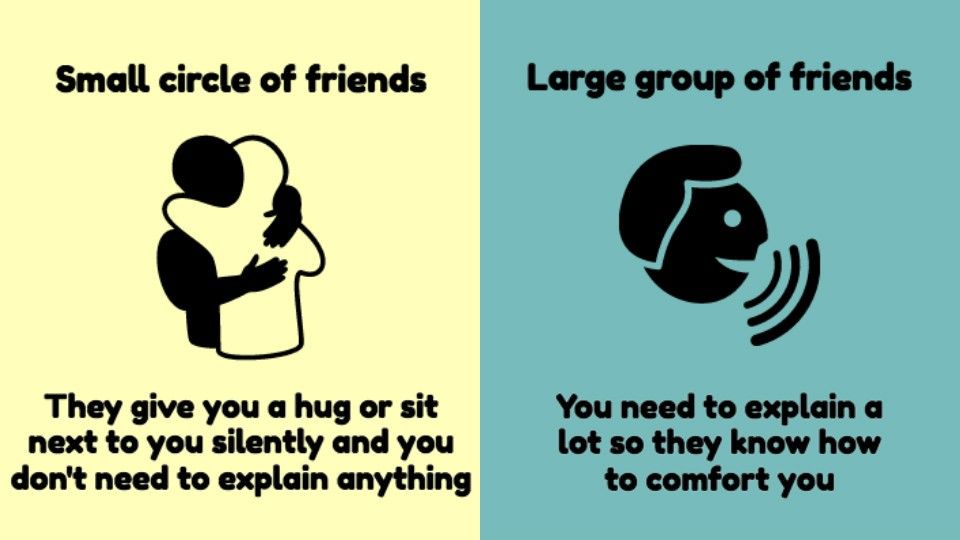 This game, played in the middle of the session, can open up new leaders for you and reveal the like-dislike system in groups. After the distribution of roles and arrangement of "family members", the "photographer" counts up to three. On the count of three! everyone together and very loudly shout "cheese" and make a simultaneous clap of their hands.
This game, played in the middle of the session, can open up new leaders for you and reveal the like-dislike system in groups. After the distribution of roles and arrangement of "family members", the "photographer" counts up to three. On the count of three! everyone together and very loudly shout "cheese" and make a simultaneous clap of their hands.
6) Exercise
Participants sitting in a circle are divided into pairs and then communicate in three ways for 1 minute. First 1 is sitting and 2 is standing. Then 1 is standing and 2 is sitting. Then both sit facing each other. The conversation lasts 3 minutes. [ 2]
Teacher: Tell me, in what position did you communicate more comfortably, more conveniently, easier. Why? (Friendship is about equality, which is why most people feel comfortable talking while sitting facing each other, looking into each other's eyes.) There is a discussion about why they made this or that decision. At the end of the game - reflection.